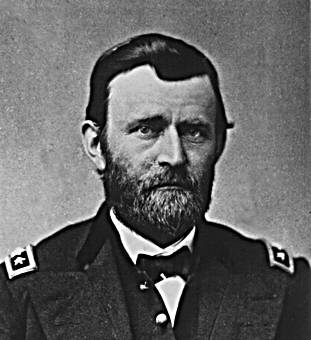Anyone who practices the art of cultural criticism must endure being asked, What is the solution to the problems you describe? Critics almost never appreciate this question, since, in most cases, they are entirely satisfied with themselves for having posed the problems and, in any event, are rarely skilled in formulating practical suggestions about anything. […]
Lyndon Johnson
Aging Baby Boomers Like Me Need Housing: Think of this as an eccentric table of contents
Naturally, I begin with myself. The primary theme of my website is based on a scholarly body of literature known as experienced-based design which for the layperson, such as myself, means that I should have a role in the design of the world I live in. 1. For an attempt at a coherent presentation of […]
Only revolution will liberate the disabled and elderly
The following is my July/August, 2010 column From Where I Sit for Voices of Central Pennsylvania: I have been trying to shield my readers (until the appropriate time, like now) from the clear purpose of this monthly column: To foment a peaceful revolution that will hereafter change forever the daily lives of individuals with disabilities […]

